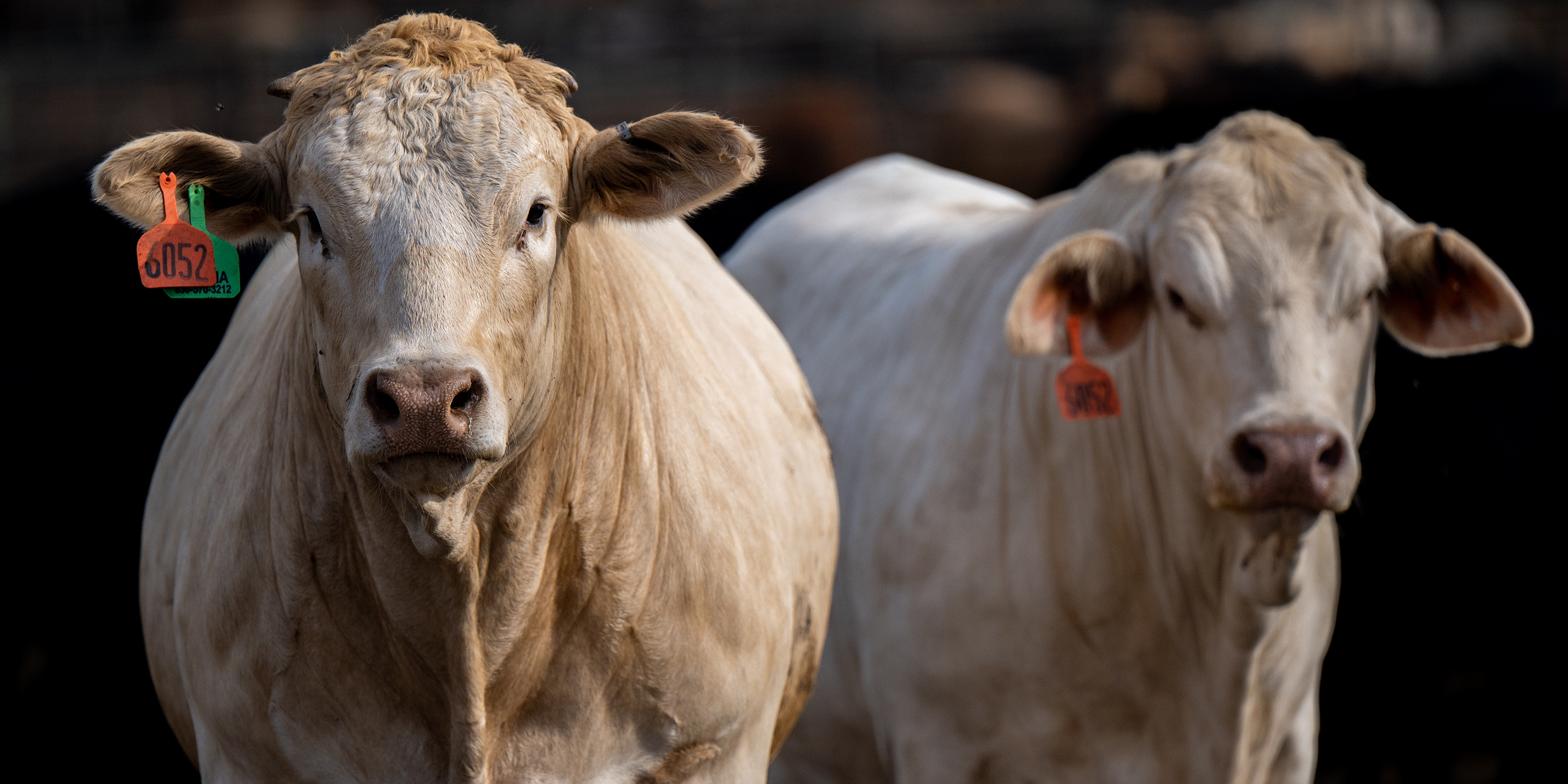South Africa’s consumer price index (CPI) was 2.8% on an annual basis in May, unchanged from April and the third consecutive month that the read was below the Reserve Bank’s 3% to 6% target range.

But on a worrying note, food inflation spiked in May to 4.4% year on year from 3.3% in April.
“Meat, specifically beef, is a key factor behind the rise in food inflation. The annual rate for meat jumped from 3.0% in April to 4.4% in May. In April, monthly increases for beef products ranged from 6.2% to 11.9%,” Statistics South Africa (Stats SA) said.
“A widespread outbreak of foot-and-mouth disease, combined with higher feed prices, contributed to the rise in beef inflation.”
That outbreak, which has spread to the world’s largest feedlot, in Gauteng, has raised concerns about domestic supplies.
Read more: Gauteng foot-and-mouth outbreak at world’s largest feedlot is a red meat flag
But agricultural economists expect beef prices to eventually moderate as a curb on exports is predicted to boost domestic supplies.
“When an outbreak occurs, red meat exports are temporarily banned, which increases local supplies. In the past, such led to a mild decline in red meat prices. This is why we have doubts about the talk of potential sharp increases in red meat prices in the coming months,” said Wandile Sihlobo, chief economist at the Agricultural Business Chamber.
What this means for you
If you like red meat, you have been forking out more for your braais. But beef prices are seen falling as export curbs boost domestic supplies. More broadly, inflation is slowing, which is at odds with the prevailing perception. Often, it takes a while for consumers to realise that prices are not rising at the same pace they were last year. Inflation still means that prices are rising – the opposite is deflation and that has a range of consequences, including falling profits, investment and employment.
Inflationary changes

Along with meat, prices for staples such as maize also remained on the boil.
“Maize meal and samp continue to record high price increases. The annual rate for cereal products was 4.5% in May, with double-digit inflation registered for maize meal (14.2%) and samp (20.6%),” Stats SA said.
This will take its biggest bite out of low-income households that rely heavily on such staples. But South Africa’s maize harvest this year is expected to rise significantly from last season’s El Niño-scorched crop, and white maize futures have been falling – trends that should soon reflect in retail prices.
One key driver of moderating CPI overall has been cooling fuel prices, which fell again in May. But the Israel-Iran conflict may rain on that parade.
“While oil supply remains unaffected, further escalation could see Iran close the Strait of Hormuz, cutting off around 20% of global supply and potentially driving prices to $120 per barrel. At that point, oil prices would be near the levels recorded when Russia invaded Ukraine, and domestic fuel prices shot up to record levels,” said Jee-A van der Linde, senior economist at Oxford Economics.
More broadly, the fact that for the third month on the trot the CPI was below the South African Reserve Bank’s 3% to 6% target range raises the prospects that it could lower rates again when its Monetary Policy Committee (MPC) next meets in late July.
Such a move would bring further relief to South African consumers who seem to be opening their wallets as inflation slows.
Other data released by Statistics South Africa (Stats SA) on Wednesday showed that retail trade sales rose a brisk 5.1% year on year in April – a signal that there are emerging demand pressures in an economy that is barely growing. DM




 Meat, specifically beef, is a key factor behind the rise in food inflation, says StatsSA. A widespread outbreak of foot-and-mouth disease, combined with higher feed prices, contributed to the rise in beef inflation. (Photo: Brandon Bell / Getty Images)
Meat, specifically beef, is a key factor behind the rise in food inflation, says StatsSA. A widespread outbreak of foot-and-mouth disease, combined with higher feed prices, contributed to the rise in beef inflation. (Photo: Brandon Bell / Getty Images)